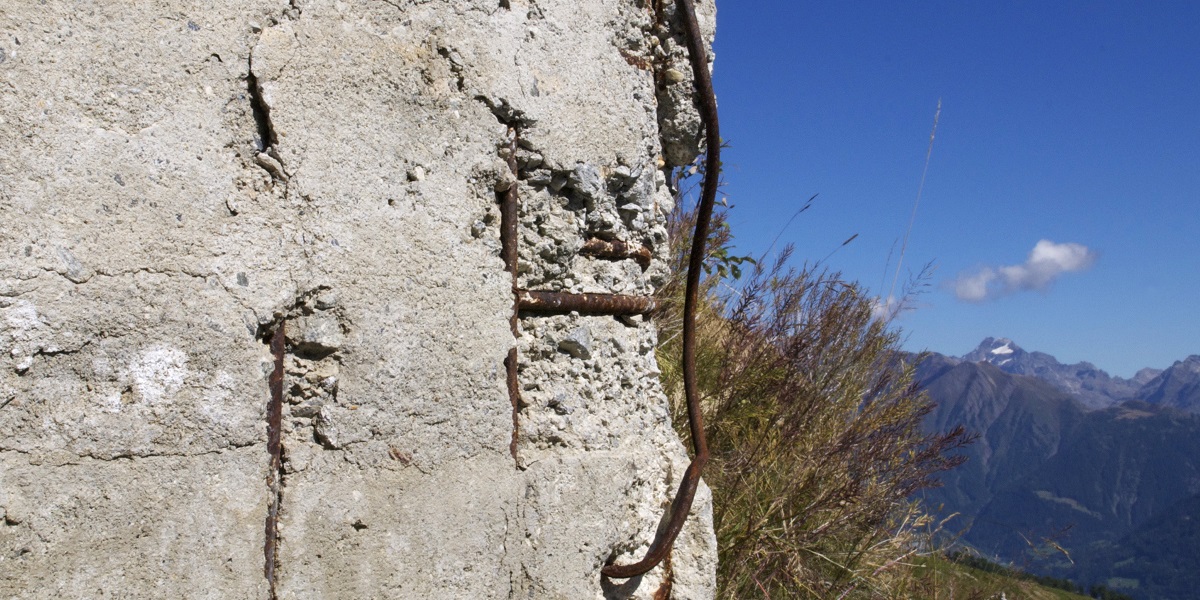Corrosion-induced cracking of the concrete cover
Responsible: Zhidong Zhang
Funding: Swiss National Science Foundation (SNSF)

Background
Precipitation of corrosion products in the concrete pores may give rise to expansive stresses and lead to concrete cracking and spalling. Cracks are undesirable for numerous reasons, e.g. because they promote further ingress of species that may trigger additional deterioration mechanisms.
The conceptual understanding forming the state-of-the-art for modeling corrosion-induced concrete cracking is from a rather global perspective and does not address the fundamental processes in sufficient detail. Most existing models are empirical and calibrated with accelerated laboratory testing. The predictive power of these models has been shown to be poor.
Aims and objectives
The aim was to establish mechanistic descriptions of transport and precipitation of corrosion products in the concrete pore system, and by taking into account the dual thermodynamic and poromechanical nature of expansive stresses generated by precipitated corrosion products in concrete. This will pave the way for a new generation of crack-prediction models.
Methodology
The methodology involved a combination of numerical modeling and experimental measurements. We used modern experimental techniques to characterize the pore structure of the concrete. Recent advances in poromechanics have laid the basis for predicting damage caused by expansive pressure arising from precipitation of compounds in pores. In this project, we have combined this new knowledge with established methods of modeling mass transport in concrete constitutes
Publications
- Zhang, Z., Angst, U., Michel, A. and Jensen, M.A., 2018, July. An image-based local homogenization method to model mass transport at the steel-concrete interface. In Sixth International Conference on Durability of Concrete Structures ICDCS 2018 (pp. 807-814). Whittles Publishing.
- Zhang, Z., Angst, U. and Michel, A., 2018, October. A framework for modelling corrosion-related degradation in reinforced concrete. In Proc Sixth Int Symp Life-Cycle Civ Eng (IALCCE 2018)(pp. 979-986).
- Stefanoni, M., Zhang, Z., Angst, U.M. and Elsener, B., 2018. The kinetic competition between transport and oxidation of ferrous ions governs precipitation of corrosion products in carbonated concrete. RILEM Technical Letters, 3, pp.8-16.